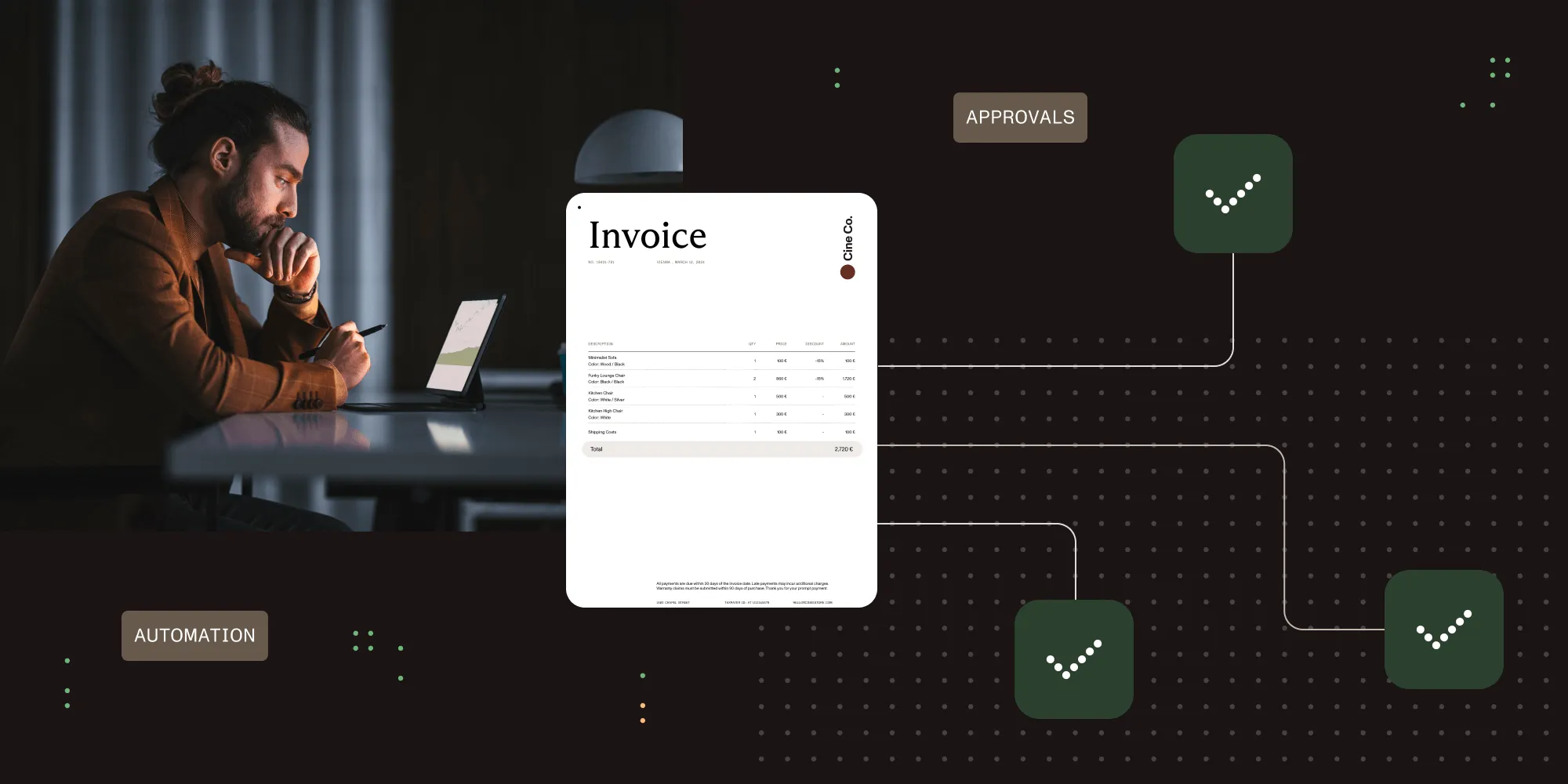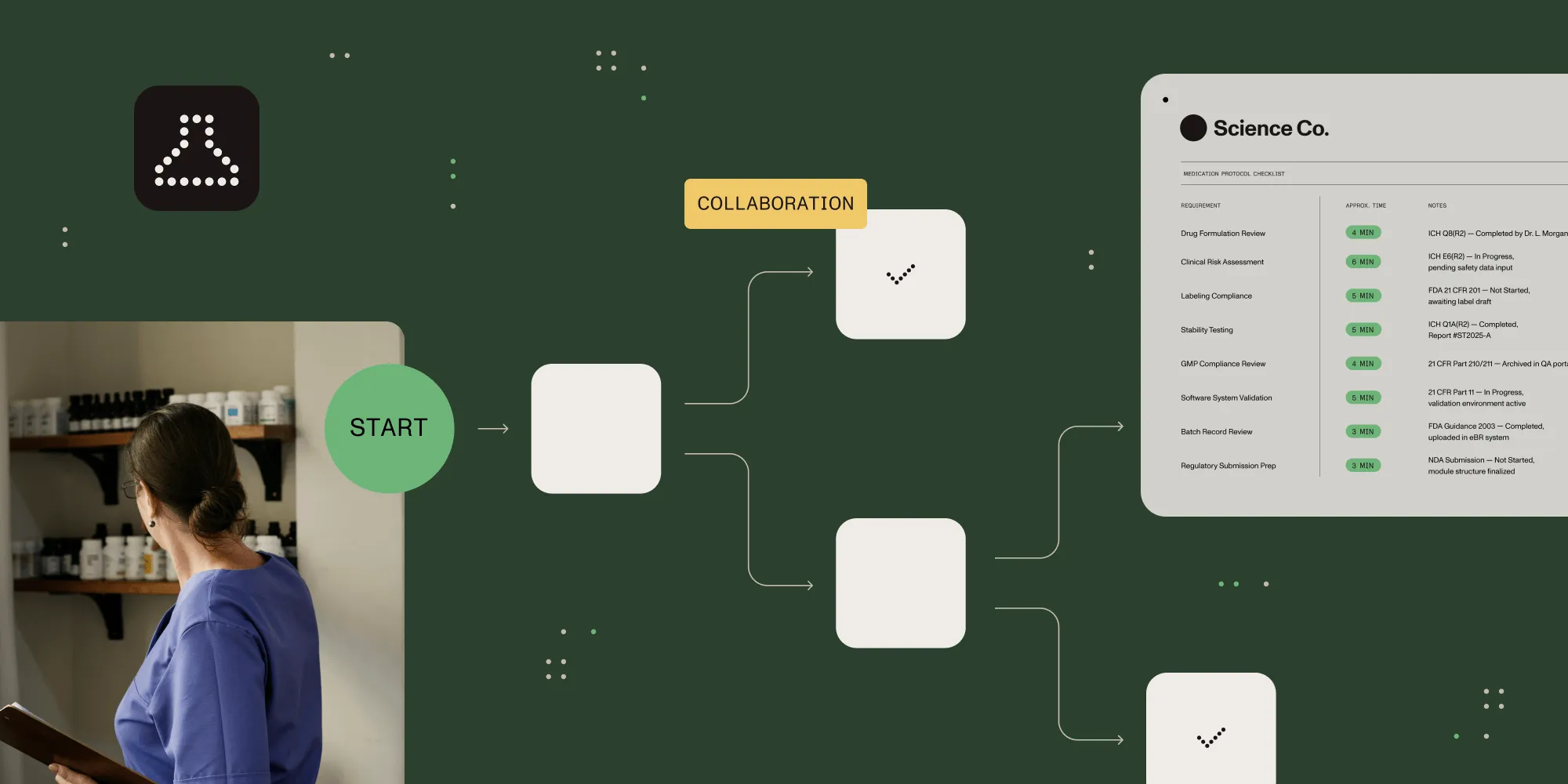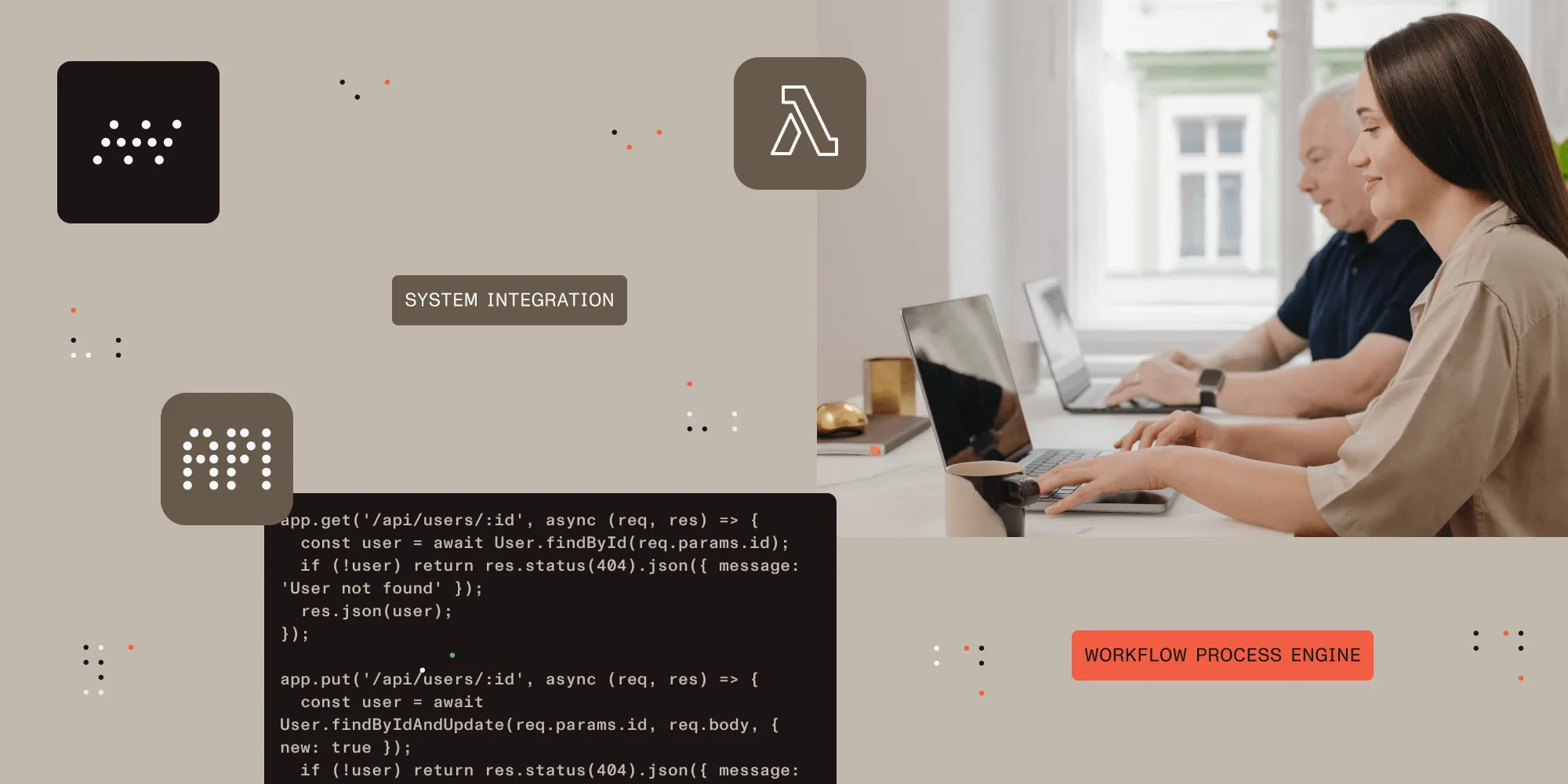Digital Process Automation Explained | Examples and Tools

The logical successor to Business Process Management, Digital Process Automation (or DPA) is similarly concerned with ensuring the effectiveness and efficiency of business processes but takes the idea further by focusing on external users including customers, vendors, etc. This means designing better user experiences and reducing as much friction as possible in your digital operations. Some key tenets of DPA:
- Mobile-first interfaces
- Process transparency for users
- Offloading customer tasks to automation
- Triggered reminders and notifications
- Easy collaboration
- Rapid user response and adaptation
So, while digital automation and bpm software may have focused on getting the process right, Digital Process Automation assumes the process has been optimized and focuses on making the experience better.
Definition and Explanation of Digital Process Automation
Digital Process Automation (DPA) is a transformative approach to enhancing organizational operations by leveraging automation. Unlike traditional automation, which often focuses on internal processes, DPA extends its reach to improve customer experiences, reduce operational costs, and foster innovation among employees. By automating complex business processes, DPA enables organizations to streamline workflow management, boost operational efficiency, and significantly increase productivity.
DPA finds versatile applications across various facets of organizational operations. For instance, it can be used in customer onboarding, loan and credit approval, purchase orders, and back-office tasks. By automating these complex processes, organizations can ensure smoother operations, reduce the likelihood of errors, and provide a more seamless experience for both employees and customers. Ultimately, DPA helps businesses stay competitive in a rapidly evolving digital landscape by optimizing their business processes and reducing operational costs.
Benefits of Digital Process Automation
The benefits of Digital Process Automation are extensive and impactful, driving significant improvements across various aspects of business operations:
Enhanced Customer Experiences: DPA enables faster and more efficient service delivery, leading to improved customer satisfaction and loyalty.
Reduced Operational Costs: By automating manual tasks and minimizing errors, DPA helps organizations cut down on unnecessary expenses and streamline their operations.
Increased Innovation: With routine tasks automated, employees can focus on higher-level, strategic work, fostering a culture of innovation and creativity.
Improved Agility and Efficiency: DPA allows businesses to quickly adapt to changing market conditions and customer demands, ensuring they remain competitive.
Scalability: As businesses grow, DPA solutions can easily scale to meet increased demands, ensuring consistent performance and reliability.
Accuracy and Compliance: Automation reduces the risk of human error, ensuring greater accuracy and helping organizations comply with industry regulations.
By leveraging DPA, organizations can achieve a more efficient, cost-effective, and innovative business environment, ultimately driving better outcomes for both the business and its customers.
What Can Be Automated?
Any process that involves a trigger, data collection, information routing, and activity tracking, especially those bogged down by manual processes and repetitive tasks, can be digitally automated to enhance efficiency and productivity.
Triggers
Triggers can be human-initiated or machine-initiated. For instance, someone is making a request or an event occurring in a CRM system.
Data Collection
Data collection often involves a form being completed, but it can also involve data being automatically extracted or received from a system.
Information Routing
Moving data between people or systems involves business rules and logic that dictate where data needs to travel next.
Activity Tracking
Tracking what happens from end-to-end in a process allows processes to be audited and measured for performance.
Examples of Digital Automation
A wide variety of processes across all departments can be digitized. Below is just a sampling of the processes Nutrient Workflow customers have moved to the cloud, providing a faster, better, more standardized experience for employees and customers.
| IT/IS | Finance | Marketing |
|---|---|---|
| IT Service Requests | CapEx/AFE Requests | Campaign Approvals |
| Security Access Requests | Expense Approvals | Collateral Approvals(opens in a new tab) |
| New Account Setup | Salary/Wage Changes | Brand Management |
| Change Requests | AP Automation | |
| New Project Requests | Grant Management | |
| Security Incidents |
| Facilities | Sales | Legal |
|---|---|---|
| Office Relocations | Quote Approvals | Legal Holds |
| Resource Scheduling | Pricing Discounts(opens in a new tab) | Contract Reviews |
| Facility Access | Proposal Approvals | Client Intake |
| Move Requests | Product Discounts |
| HR | Purchasing | Operations |
|---|---|---|
| Benefits Changes | Procurement Process | Complaint Management |
| Timesheets | Capital Approvals | Maintenance Request(opens in a new tab) |
| New Hire Management(opens in a new tab) | Vendor Management | New Product Request(opens in a new tab) |
| Employee Onboarding | Invoice Approvals | |
| Employee Offboarding | Product Pricing | |
| Vacation Requests |
Identifying Areas of User Experience Improvement
You may have gone through a business process review or similar effort to identify processes that are performed inefficiently, are rife with errors, or need to adapt to changes in the organization. We've covered the topic on our blog and in our BPM Guide(opens in a new tab) extensively. However, once you work through process optimization and automation you'll need to look at the experience users have when interacting with the process including:
- User Flow : Have you documented and understood the user flow or journey for each member in the process?
- Screen Size : Do forms and other elements display well on mobile? Are you aware of all devices in play?
- Forms : Are they clearly understood and as brief as possible? Are labels and instructions clear? Is the layout easy to move through for users?
- Alerts/Reminders : When someone is prompted to take action, are the instructions clear about what they need to do next?
- Context : Are users aware at all times of where they are in a process and what will happen next?
UX/UI Resources
- Usability Testing(opens in a new tab)
- Web site Forms Usability(opens in a new tab)
- 6 Common Problems With The UX Process, And 6 Solutions!(opens in a new tab)
Nutrient Workflow's Approach to DPA
Nutrient Workflow's business process automation (BPA), which we also refer to as "workflow automation," gives workflow designers full control of all elements exposed to users during the flow of a process. This means powerful form design that outputs mobile-friendly forms by default. It means that the user portal can be configured to ensure users can find what they need quickly. It also means that anyone involved in a process, whether it's a vendor submitting information for a new project or a student requesting classes for the next semester, can see exactly where they are in the process and what's coming next.
Finally, we build collaboration into every process. Whether two service representatives need to chat about a current request or a financial analyst needs to talk with a site manager about a potential purchase, discussions, and documents can easily be shared at any time.
We also partner with Robotic Process Automation (RPA) vendors to ensure a seamless experience when a customer's needs require an approach for capture, interpret inputs, and then process them as if being performed by a real agent.
Digital Automation Resources
- What is digital business automation?(opens in a new tab) (TechRadar)
- Digital Process Automation(opens in a new tab) (SearchCIO)
- Robotic Process Automation and Digital Process Automation: Friend or foe?(opens in a new tab) (Information Age)
Learn More about Digital Process Automation
We have a variety of resources to help you on your journey to an automated workflow.
- Automation Tools and eBooks
- Workflow Ideas Weekly eMail Newsletter(opens in a new tab)
- Recorded Demonstration of our Workflow Automation Software
- Request a Live Demonstration
To find out more about our product, please request a demonstration or check out our videos.
FAQ
What is Digital Process Automation (DPA)?
Digital Process Automation (DPA) focuses on automating workflows to enhance efficiency, improve user experiences, and reduce operational costs.
How does DPA differ from traditional automation?
Unlike traditional automation, DPA extends beyond internal processes to improve customer, employee, and partner experiences.
What are some benefits of implementing DPA?
DPA offers benefits like enhanced customer satisfaction, reduced errors, increased productivity, and streamlined operations.
What types of processes can be automated with DPA?
Processes involving triggers, data collection, routing, and tracking, such as customer onboarding or expense approvals, can be automated using DPA.
Why is DPA important for modern businesses?
DPA helps businesses stay competitive by optimizing workflows, increasing agility, and enabling scalable, innovative solutions.







